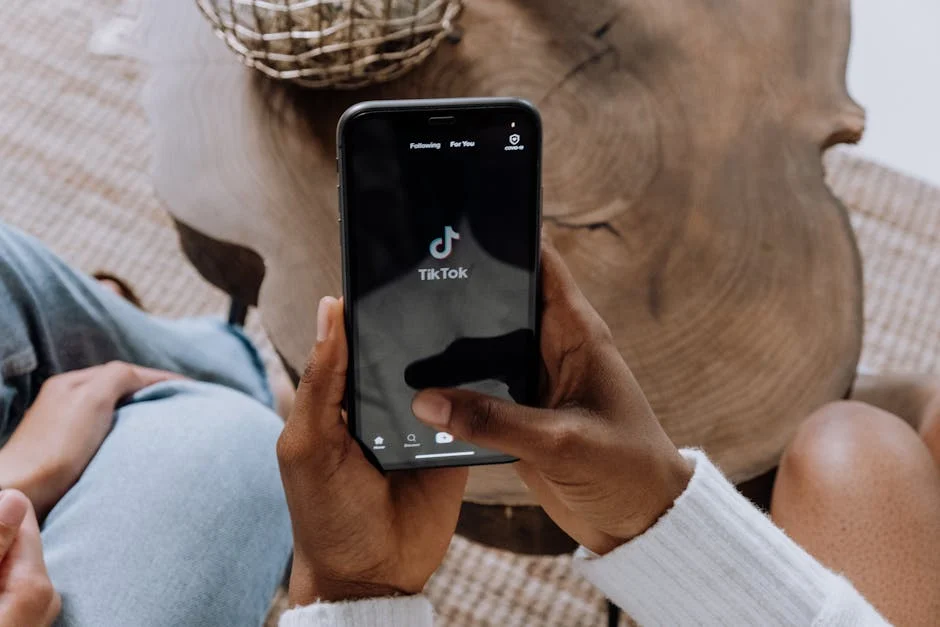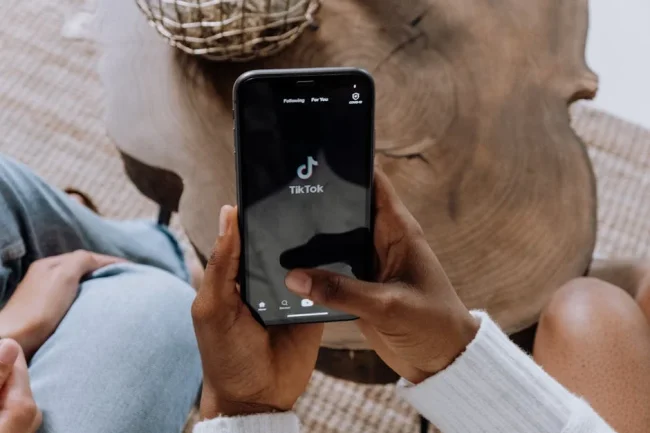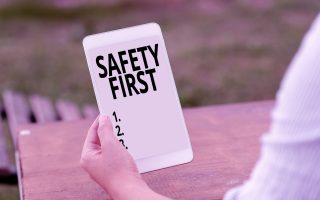
Social media is a big part of daily life for women everywhere. It’s a way to share moments, connect with friends, and build communities. But some habits on these platforms can put women at real risk every day. From oversharing to location tagging, the consequences can be serious and even dangerous. Understanding which social media habits put women at risk daily is the first step toward safer online behavior. Let’s look at the most common habits and how to break them for a safer experience.
1. Sharing Real-Time Location Updates
It’s tempting to post about your favorite coffee shop or the concert you’re attending. But sharing your exact location in real time is one of the top social media habits that puts women at risk daily. When you post where you are, it can make it easy for strangers or even acquaintances with bad intentions to find you. Even tagging your location in stories or photos as you’re still there can give away too much information.
Instead, wait until you’ve left a place to share those fun moments. Turn off automatic location tagging on your apps, and be extra careful with check-ins. You don’t have to give up sharing your life—just do it on your own terms and timeline.
2. Posting Personal Details Publicly
Many women don’t realize how much personal information they’re sharing online. Things like your birthday, workplace, home address, or even your daily routine can be pieced together by someone who’s paying attention. This information can be used for identity theft or to track your movements.
Always review your privacy settings and limit who can see your posts. Be mindful when posting anything that could reveal personal details. If you’re unsure, leave it out or share only with close friends. Protecting your privacy is one of the most effective ways to avoid the risks that come with common social media habits.
3. Accepting Friend Requests from Strangers
It’s flattering to get new friend requests. But accepting requests from people you don’t know puts you at risk. Fake profiles are common, and scammers often use them to collect information or even harass women. Sometimes, these profiles seem harmless or share mutual friends, but that doesn’t make them trustworthy.
Before adding someone, check their profile for signs of authenticity. If you don’t know them in real life, think twice before hitting accept. It’s better to have a smaller, safer network than to open yourself up to strangers with unknown motives.
4. Publicly Sharing Travel Plans
Announcing upcoming trips is a fun way to share excitement, but it’s also a risky social media habit. When you post about leaving town, it signals that your home may be empty. This can attract burglars or people looking to take advantage of your absence. For women living alone, the risk is even higher.
Hold off on posting travel plans until after you return. Share your memories and photos once you’re safely home. If you want to connect with friends while traveling, use private messages instead of public posts.
5. Engaging with Suspicious Links or Messages
Phishing scams and malicious links often target women through direct messages or comments. Clicking on these can compromise your personal data or install harmful software on your device. Some scammers use emotional stories or fake emergencies to get your attention and trick you into responding.
Be cautious with messages from unknown users or even from friends if something seems off. Don’t click on suspicious links, and never give out sensitive information through social media messages. Protecting yourself from scams is a crucial part of safer social media habits.
6. Oversharing About Children and Family
It’s natural to want to share proud moments and family milestones. But posting details about your children’s schools, routines, or faces can put them at risk, too. Predators and scammers often look for this kind of information to exploit or target families.
Consider using privacy settings to limit who can see posts about your family. Avoid sharing school names, locations, or schedules. When possible, use nicknames or emojis instead of full names and faces. Protecting your loved ones starts with the social media habits you practice every day.
7. Ignoring Privacy Settings and Updates
Social media platforms update their privacy options often, and it’s easy to overlook these changes. Not reviewing your settings regularly can leave your information more exposed than you realize. Many women assume their profiles are safe, but default settings often allow more access than intended.
Take time to review and update your privacy settings on every platform you use. Set your accounts to private, limit who can tag you, and regularly check what’s visible to the public. Staying informed and making adjustments is an ongoing part of safe social media habits that put women at risk daily if ignored.
Building Safer Social Media Habits Every Day
Social media habits that put women at risk daily are often easy to overlook, but small changes can make a big difference. By being more mindful about what you share, who you connect with, and how you use privacy settings, you can protect yourself and those you care about. Staying safe online means being proactive and questioning the habits that may seem harmless but have real consequences.
Remember, your safety and peace of mind matter most. What steps have you taken to make your social media habits safer? Share your thoughts in the comments below.
What to Read Next…
- 8 Safety Tips for Women That Could Save Your Life One Day
- 7 Hidden Dangers in Your Neighborhood That Could Be Putting You at Risk
- 5 Dangerous Safety Tips Women Still Believe That Don’t Work
- 8 Common Mistakes Women Make at the Bar That Put Them at Risk
- The Creepiest Places Women Keep Getting Followed and How to React

Travis Campbell is a digital marketer and code developer with over 10 years of experience and a writer for over 6 years. He holds a BA degree in E-commerce and likes to share life advice he’s learned over the years. Travis loves spending time on the golf course or at the gym when he’s not working.







